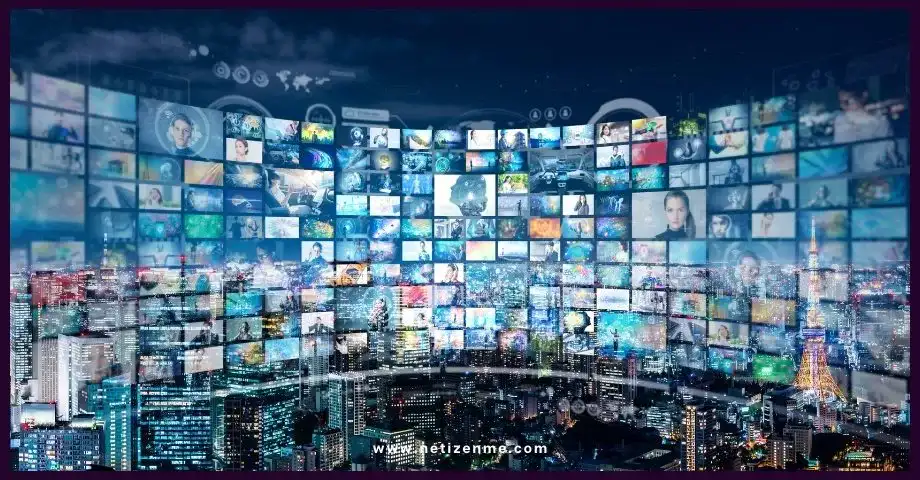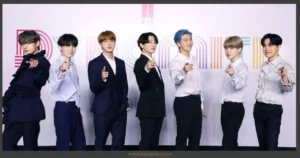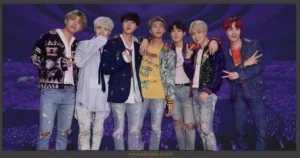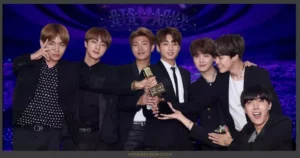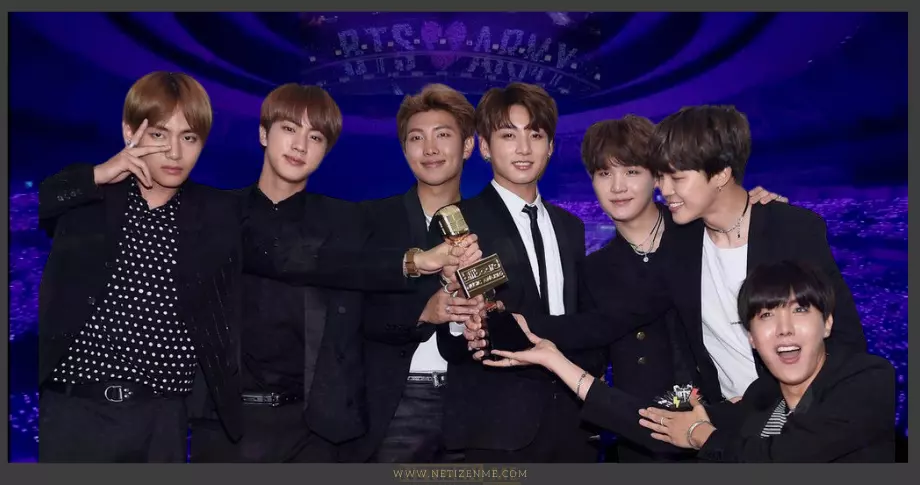What is Transmedia Story Telling?
Transmedia Storytelling is the process of creating a single story that is told through multiple platforms. This can include books, movies, TV shows, video games, and social media. The story is designed to be experienced across all of these different mediums. Transmedia Storytelling is a way to create a more immersive experience for the audience. It also allows the story to be experienced in different ways depending on the platform.
Transmedia Storytelling is often used to create franchises like the Marvel Cinematic Universe, BTS BU Universe, or the Harry Potter universe. The story is told in a way that each platform adds its own unique perspective and allows the story to be experienced in a new and unique way. This allows for a more immersive and engaging experience for the reader or viewer.
What is considered Transmedia Storytelling?
It is a narrative that is told across multiple platforms. This can include movies, TV shows, video games, and more. Each platform tells a different piece of the story, and they all work together to create one cohesive narrative. Transmedia storytelling allows for a more immersive experience for the viewer, as they are able to follow the story across multiple mediums.
What is the purpose of Transmedia Storytelling?
The purpose of it is to create an immersive experience for the viewer. By using multiple platforms, it can create a more engaging and compelling story. It can also help to build a stronger connection with the audience by providing different ways to experience the story.
Examples of Transmedia Storytelling
Harry Potter franchise:
There are many examples of transmedia storytelling. One example is the Harry Potter franchise, which started as a book series and then expanded to include movies, video games, and theme park attractions. Another example is the Star Wars franchise, which includes not only movies but also TV shows, books, comics, and toys. The possibilities for transmedia storytelling are endless!
Batman franchise:
Another example is the Batman franchise, which includes comics, movies, TV shows, and video games. There are even real-life escape rooms that have been designed based on the Bat cave! Transmedia storytelling allows for a truly immersive experience that keeps fans engaged for years to come.
“Alien” franchise:
One example of successful transmedia storytelling is the “Alien” franchise. The story began with the 1979 film “Alien,” and then continued with sequels, comics, video games, and even a ride at Universal Studios. Each medium added something new to the story and kept fans engaged.
Lost TV Series:
Another example of transmedia storytelling is the television show Lost. The show was designed from the start to be experienced across multiple platforms. In addition to the TV show, there was also a website, tie-in books, and more. By experiencing the story across multiple mediums, fans were able to get a deeper understanding of the world of Lost.
Marvel Universe:
The Marvel Universe is a perfect example of transmedia storytelling. The stories are told across different media platforms, from comic books to movies to TV shows. Each story adds new information and depth to the universe that can be experienced in different ways. This allows fans to engage with the story in a variety of ways and get a deeper understanding of the characters and world.
The Star Wars Universe:
The Star Wars Universe is an excellent example of transmedia storytelling. The story began with the release of the first film in 1977 and has since been expanded through a series of books, comics, video games, and TV shows. Each medium adds its own unique elements to the story, making it richer and more complex. The result is a deeply immersive universe that fans can get lost in.
BTS BU Universe:
BTS BU is a transmedia storytelling project by the supergroup BTS, that utilizes various media platforms to create a cohesive narrative. The story revolves around a group of seven friends who are faced with traumas such as physical and mental/emotional abuse, abandonment, and other struggle the youth are experiencing. The story is told through a variety of mediums, including songs, music videos, webtoons, social media, games, a tv series and text. All of these elements come together to create a rich and immersive story that fans can enjoy. The story is also constantly evolving, with new content being added all the time. This makes it impossible for fans to ever get bored or lose interest.
What are the benefits of Transmedia Storytelling?
There are many benefits of transmedia storytelling. Perhaps the most important is that it allows storytellers to create a more immersive experience for their audience. By using multiple media platforms, transmedia storytellers can provide their audience with a richer, more textured world to explore. Additionally, transmedia storytelling can help to engage people who might not be interested in a particular story. By using different media platforms, storytellers can reach out to new audiences and pique their interest in a way that traditional storytelling methods might not.
Who invented Transmedia Storytelling?
The term “transmedia storytelling” was coined by Henry Jenkins, a media studies scholar, in 2003. He defined it as “a story that is told across multiple platforms and unfolds over time.” In other words, transmedia stories are narratives that span multiple channels and media forms. They can take the form of novels, films, television shows, video games, websites, and more. Jenkins believed that transmedia storytelling was the future of entertainment.
Henry argued that audiences were increasingly fragmented and that traditional forms of linear storytelling were no longer as effective as they once were. Transmedia stories, on the other hand, could capture the audience’s attention by offering a more immersive and interactive experience. Today, it is being used by major entertainment companies such as Disney and Marvel. These companies are creating vast universes of characters and storylines that are then adapted into multiple formats, including movies, TV shows, comics, games, and toys. This allows them to reach a wider audience and keep people engaged with their franchises for many years to come.
- An Asian Success Story: Bangtan Sonyeondan – BTS

- Do BTS members have individual social media accounts?

- Why BTS ARMY is More Than Just a Fandom?

This article is written by:
Our professional writers and editors are passionate about sharing high-quality information and insights with our audience. We conduct diligent research, maintain fact-checking protocols, and prioritize accuracy and integrity to the best of our capacity.
You can cite our articles under the author name "Netizenme"
